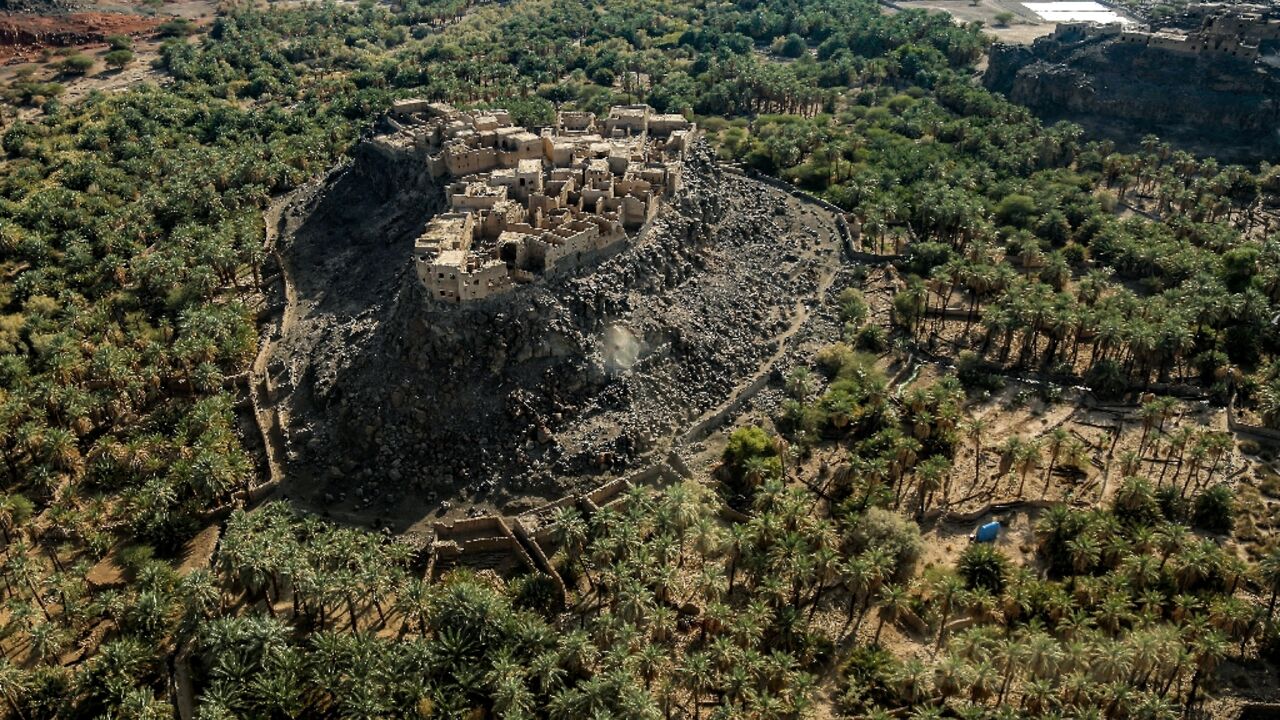Archaeologists have unearthed a 4,000-year-old fortified town in northwest Saudi Arabia, offering critical insights into early urban development. Known as al-Natah, this site has been studied under the leadership of French archaeologist Guillaume Charloux, with findings published in PLOS One earlier this year.
Location and Historical Context
Al-Natah is located in the Khaybar oasis, a lush enclave surrounded by arid desert landscapes. Hidden for centuries, the site has emerged as a significant historical landmark. A 14.5-kilometre-long wall encircling the settlement highlights its defensive nature and organised habitation.
Dating and Population
The town dates back to approximately 2400 BC, during the early Bronze Age, and is thought to have supported a population of around 500 people. This period marked a transformative shift from nomadic to urban lifestyles in the region. The fortified settlement, spanning 2.6 hectares, was occupied from 2400 to at least 1500 BC, with intermittent use potentially extending to 1300 BC.
Urban Structure and Organisation
Al-Natah’s layout reveals nucleated dwellings connected by small streets, reflecting advanced planning and urban organization. The site also features a necropolis and what appears to be a decision-making area, indicating a structured society with distinct social roles.
Architectural and Social Insights
The discovery enhances our understanding of social dynamics and architectural practices during the Bronze Age. The fortified town reflects a society transitioning toward greater complexity, with evidence of hierarchical structures and communal decision-making.
Regional Comparisons and Trade Networks
Researchers compare al-Natah to other oasis settlements in northwestern Arabia, a region dominated by pastoral nomadic groups during the Bronze Age. These groups were part of extensive trade networks, and interconnected walled oases like al-Natah highlight the region’s intricate social and economic systems.
Significance of the Findings
The archaeological record from al-Natah illustrates a trend of gradual urbanisation in North Arabia, reflecting increasing social complexity during the Early and Middle Bronze Ages. This discovery provides a valuable glimpse into how ancient societies adapted from nomadic lifestyles to settled communities, contributing to our broader understanding of urban development in the Arabian Peninsula.




